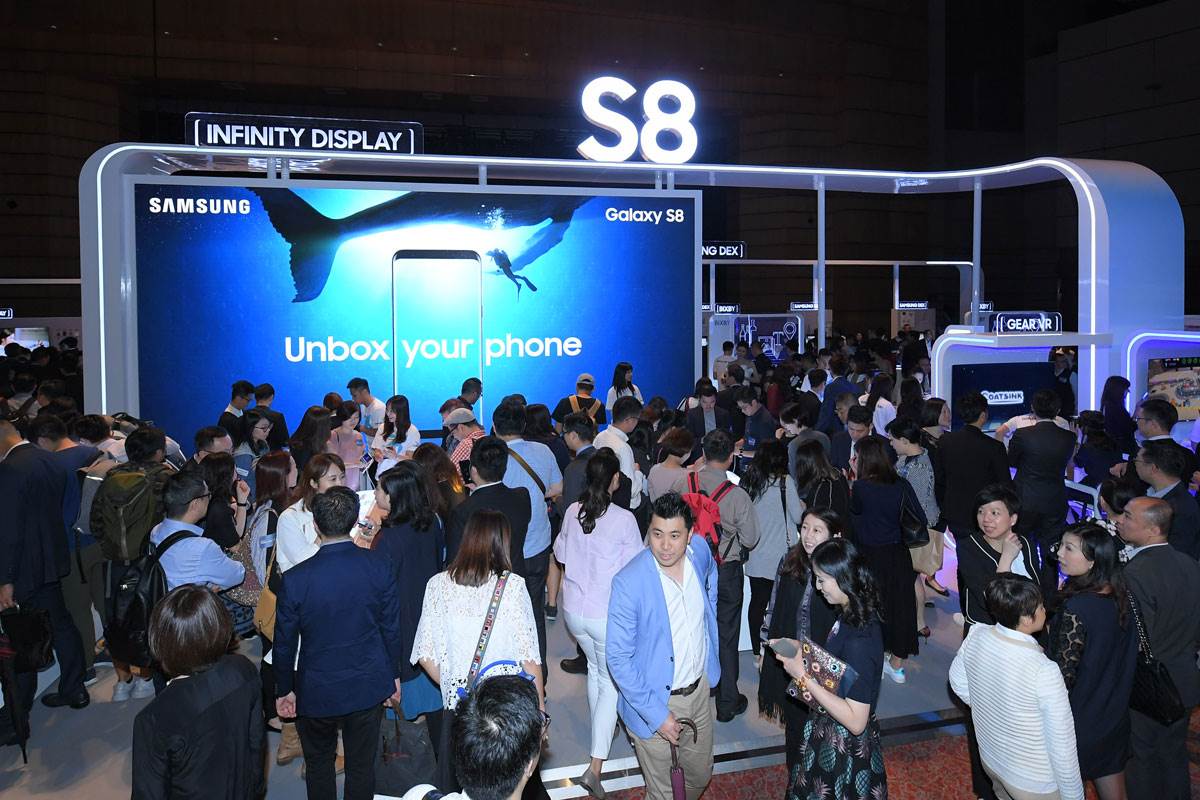Samsung has held onto the top spot of Campaign Asia-Pacific’s annual Top 1,000 Brands ranking for 2017, despite a controversial year with the Note 7 and a political scandal fallout involving top leadership.
The survey, conducted in 13 markets in association with market research firm Nielsen, ranks Samsung as Asia’s number one brand for the seventh year in a row. Apple remains in second place with an unchanged top five of Sony, Nestle and Panasonic.
Published by the UK’s Haymarket Media Group, Campaign Asia-Pacific collates data and reports on brands for advertising, marketing, media and PR professionals. Robert Sawatzky, Campaign Asia-Pacific’s head of content noted that few companies have the brand strength to survive a crisis like the one faced by Samsung, let alone the USD5 billion price tag for the recalls.
“By unconditionally recalling the product, explaining what went wrong and detailing the fix, the brand helped to reassure consumers that future Samsung products would be safe,” he said.
Campaign Asia-Pacific’s Top 1000 Brands survey explores consumer attitudes in 13 markets: Australia, China, Hong Kong, India, Indonesia, Japan, Malaysia, the Philippines, Singapore, South Korea, Taiwan, Thailand and Vietnam. Samsung was listed as the No. 1 brand in India as well, with the Singapore list due on June 15.
Research relies on a total of 400 respondents in each market, except India and China where participants number 800 and 1,200 respectively.
The study encompassed 16 major brand categories, from alcohol to financial services, and consumer electronics to automotive, and more than 70 sub-categories.
Aside from the brands topping the list, this year’s data revealed some fascinating trends.
- Instagram now ahead of Twitter
- Chinese brands make the largest gains, led by Huawei, Xiaomi and WeChat
- Coca-Cola re-enters top 10 for first time in 8 years
“While Twitter has suffered stumbles and key staff departures globally, including Asia, Instagram has been quick to roll out new tools and features,” said Sawatzky, helping to boost its regional popularity especially in markets like Malaysia and Hong Kong. Popular with restaurants and retailers, Sawatzky noted Instagram has actively targeted small businesses in the region allowing customers to contact them directly.
Another major trend from the survey is the rise of brands from China. Huawei jumped 661 places to number 202 on the list, becoming once again the top selling smartphone brand in China. Xiaomi, WeChat, Haier and Lenovo also saw successful gains.
In addition, rideshare brands such as Uber shot up the list as a testimonial to their recent rise in popularity. The eight-year-old ride-sharing brand, which has faced its fair share of controversy, has shot to the 19th spot in its debut on Asia’s Top 1000 Brands list, putting itself in the same league as firmly established names such as Visa and Starbucks.
This year’s survey also saw Coca-Cola re-enter the top 10 for the first time in eight years. Growing nutritional awareness and a push toward healthier food and beverage choices helped erode Coke’s brand equity over the past decade. But the cola’s new ‘one brand’ strategy, new Coke varieties and smaller portion options appear to be gaining traction.



